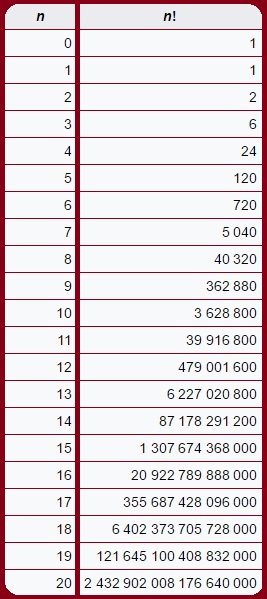How compiler resolves ambiguous method overloading call. OR
Which overloaded method will get selected for null parameter in java. OR
Important Java Interview Questions On Method Overloading OR
Method Overloading Tutorial
Method Overloading Interview Questions in Java. Can we overload static method in Java. Method overloading Java rules.
What is method overloading?
If a class have multiple methods with same name but with different parameters list, it is known as Method Overloading. Parameters lists should differ in either,- Number of parameters.
- Data type of parameters.
- Sequence of data type of parameters.

































